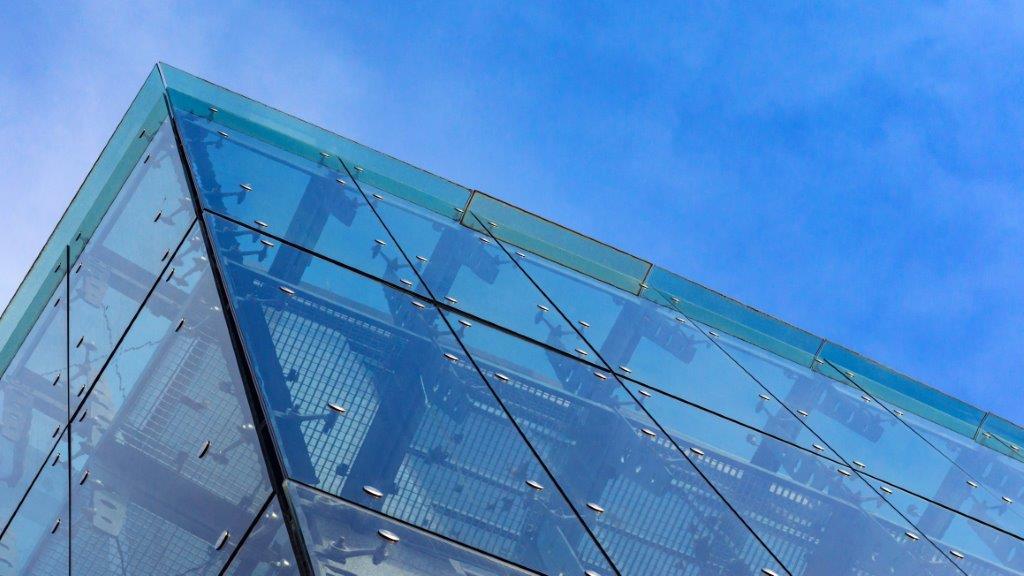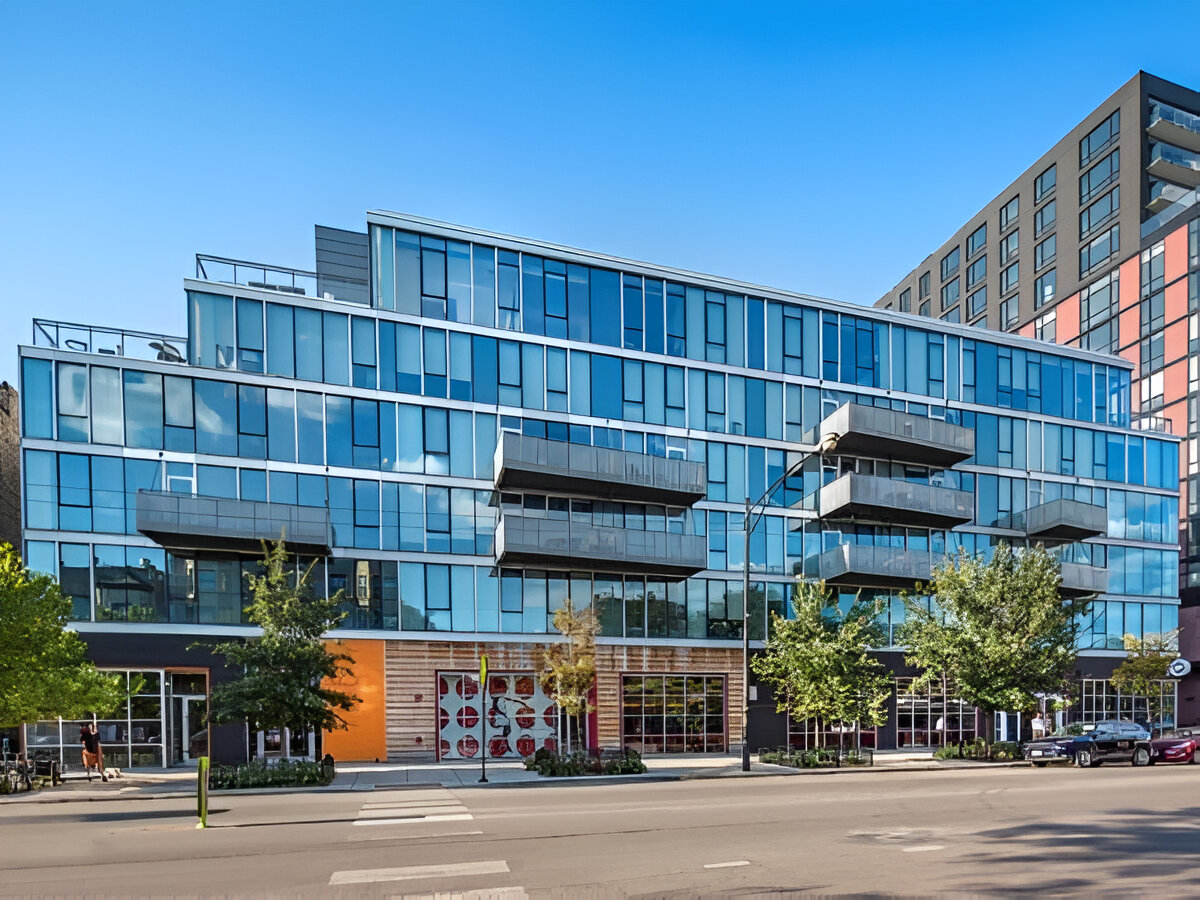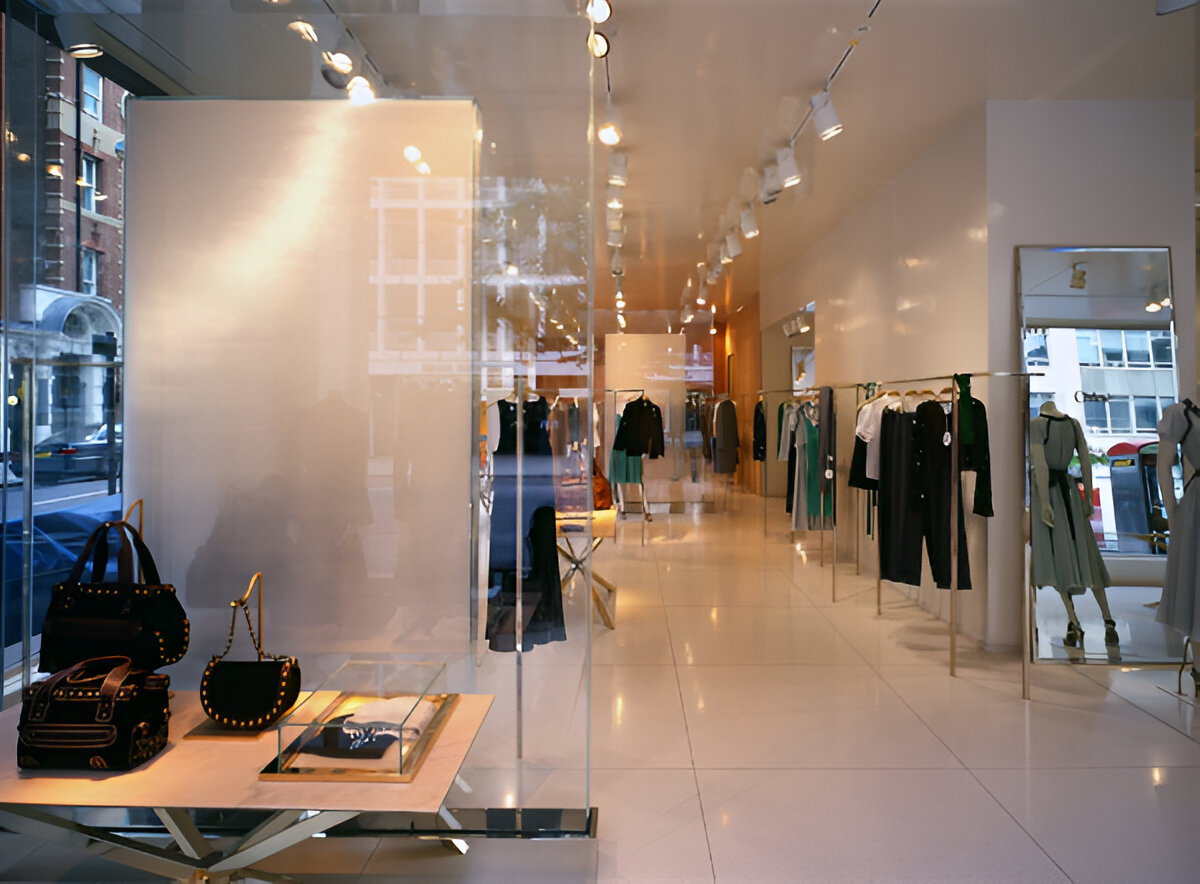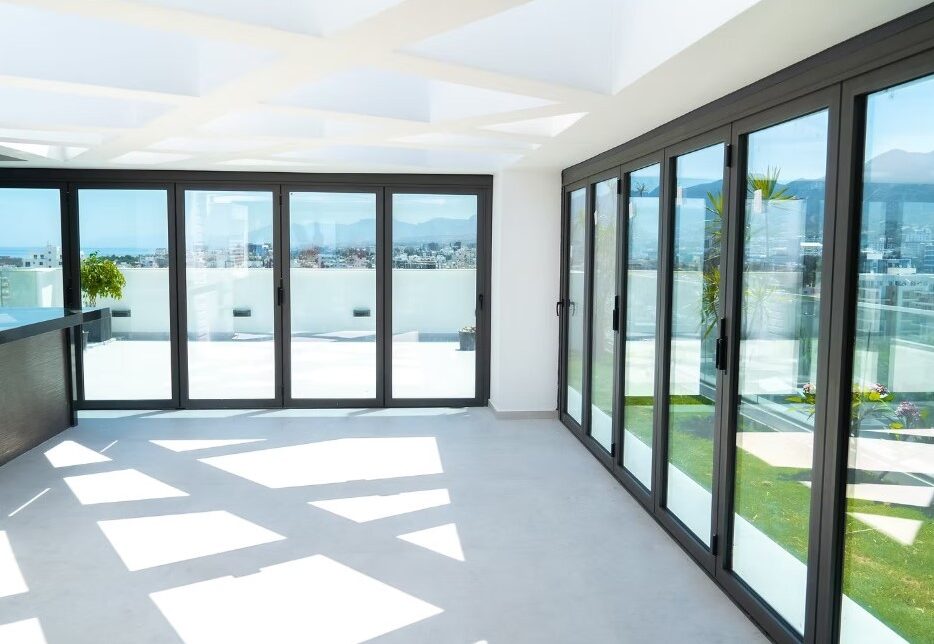In contemporary architecture, glass façades dominate the skylines of major cities. While visually striking, these towering surfaces face extreme environmental forces, with high winds posing one of the most significant challenges. To ensure safety and performance, engineers employ advanced glass systems designed to resist breakage even under intense wind pressure.
The most widely adopted solution is insulated laminated safety glass, combining a fully tempered outer lite with an SGP-laminated inner lite. The tempered exterior provides four to five times the strength of standard annealed glass, resisting high wind loads and thermal stress. The laminated interior is composed of two sheets of glass bonded with an ionoplast interlayer such as SentryGlas® (SGP), which is up to five times stronger and one hundred times stiffer than conventional PVB. This structure ensures that, even if cracking occurs, glass fragments remain firmly attached to the interlayer, preventing dangerous debris from falling.
Often, these components are assembled into insulating glass units (IGUs), which include a sealed air or argon cavity for thermal control and additional structural stability. The panels are mounted within aluminum curtain-wall frames that incorporate silicone gaskets. This allows each unit to flex slightly, typically 2–3 millimeters, under wind load, dispersing stress and preventing fracture.
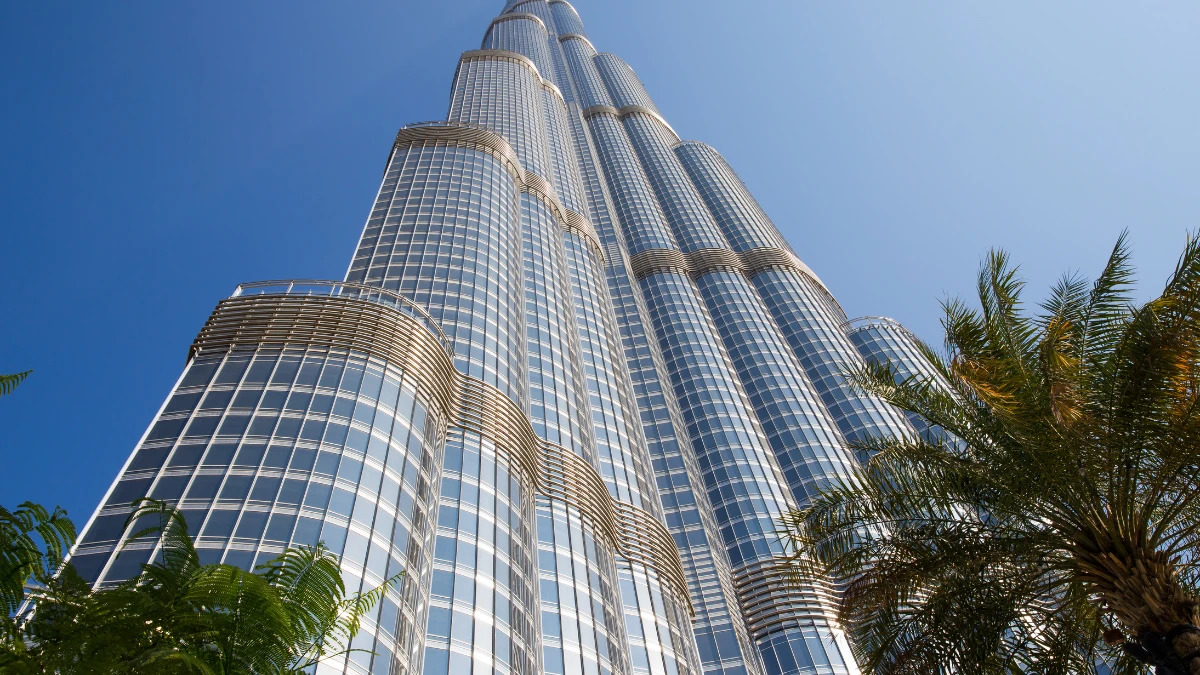

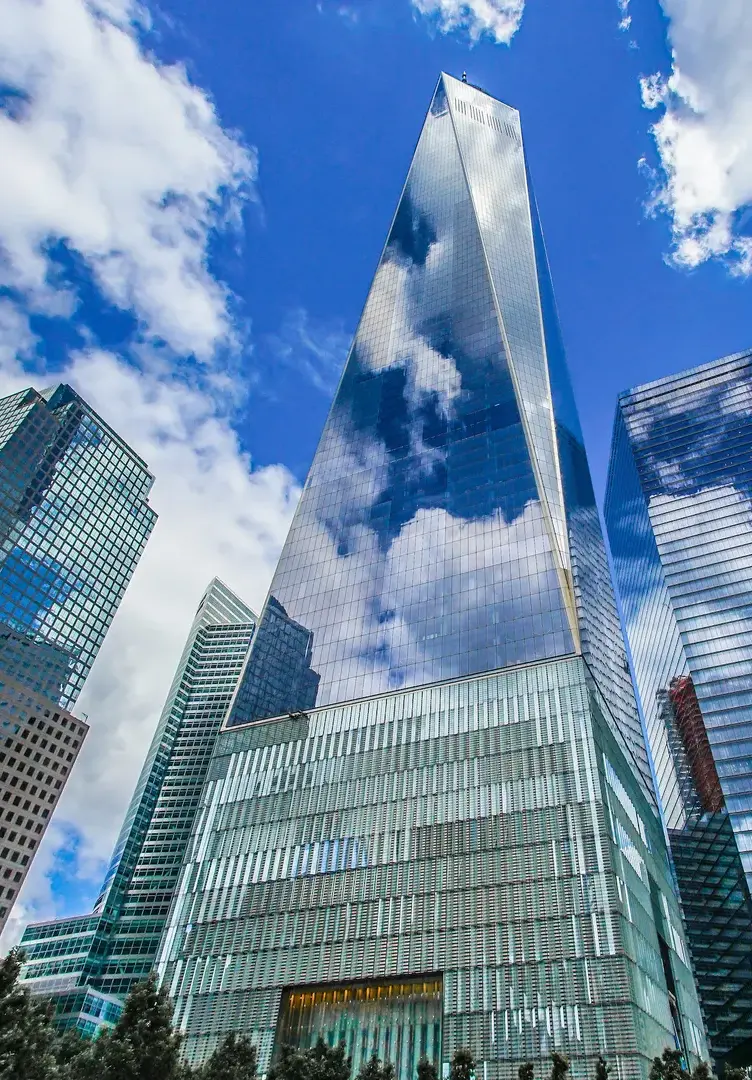
Such systems are used in some of the world’s tallest buildings. The Burj Khalifa in Dubai employs over 28,000 double-layer panels designed for winds up to 250 km/h. Shanghai Tower uses a double-skin SGP-laminated façade to limit deflection, while One World Trade Center in New York integrates laminated insulated glass for impact and wind resistance.
Through tempered, laminated, and insulated designs with flexible mounting, modern skyscraper glass achieves safety, durability, and resilience against extreme wind forces.
Source: Glass Balkan
